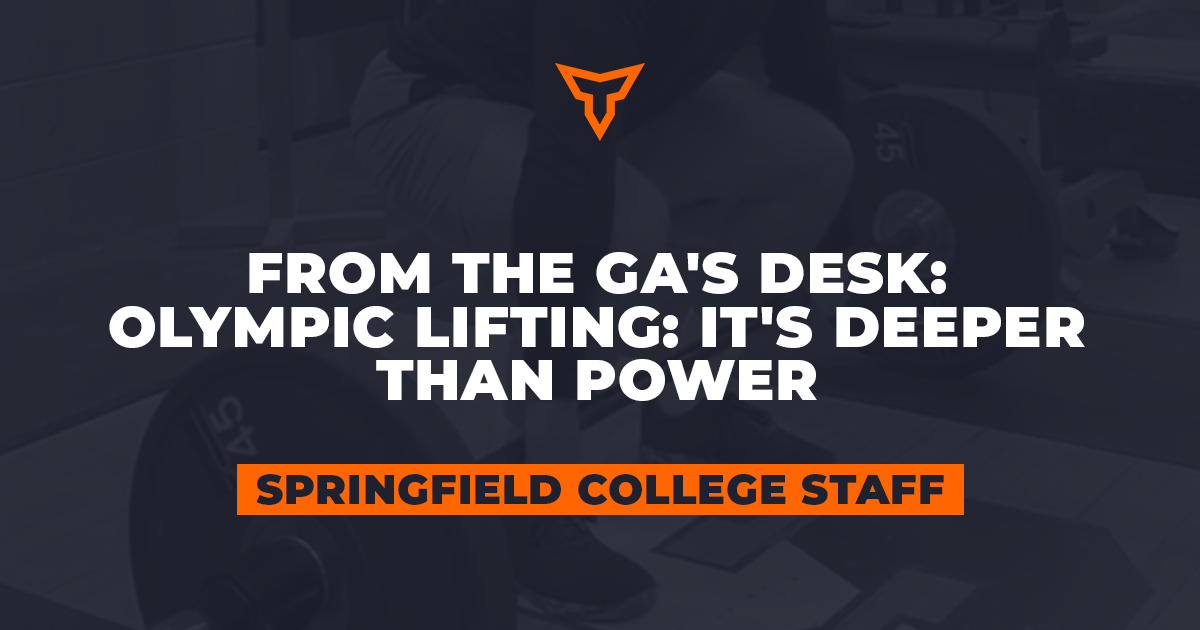This will be the first installment of a four-part series in which we look at the foot and how it can be one of the most important body parts that we train and adapt in programming.
You can have many conversations with performance coaches around the world that can speak volumes to the work that Chris Korfist has done, and I am the same, but the issue that has arisen is that there is still a lack of direct training in one of the lifes’ most complex systems. I hope to be able to highlight and cheer for his work through this series.
The current state of footwear, especially in the younger populations, has trained the human body to be less adaptable than ever before. Yes, there are pros to some footwear (look at the marathon record breakers’ numbers and see what they don on their feet), but the impact that narrow toe boxes, large amounts of cushion, major differences in heel and toe heights, have all contributed to training the body out of the basic motor developments that we see with children. We are less grounded and rooted with the body part that is impacting the ground every waking moment we have.
The tree does not live without a deep, strong, and lively root system.
Before we know how to train and impact something, we must first understand the layers of complexity that go into the joint, body part, movement, etc. You need to be able to perform a ‘needs analysis’ if you will, so part one of this series will dive into the deep reaches of what I consider to be one of the most impactful systems of the human body, and what can immediately positively impact the people that you are training in the feeling of their daily life, rather that be performing at their highest level in sport, or in their most layman terms of life.
The Foot by the Numbers
The human foot is made up of 26 bones, 33 joints, and over one hundred muscles, tendons, and ligaments. All of these need to work synchronously to be the main force producer and force dissipator of the body, be the catalyst to locomotion, and bear weight. Balance, stability, and mobility of the lower limb can all be connected to the foot’s ability to perform.
As soon as your feet hit the floor, the body awakens in a jolt of electricity flowing through the system. The Babinski reflex is one of the most important developments the human body endures as it moves farther into adulthood. There is even a full subcategory of massage therapy that focuses on just the foot and the reflexes of the body–let’s not even start to look at Reflexive Performance Reset as part of Korfist’s work…yet.
Forces when walking can be up to three times a person's body weight, with running and sprinting even reaching higher than that. In ‘strength coach’ terms, that’s a 450-pound squat for someone weighing 150 pounds. And the most amazing part? It’s happening on one leg, synchronizing the system to be then able to immediately put ‘another foot in front of the other’ and do the same thing over and over again. There’s a very slim number of the worldwide population that can sustain those forces in a closed setting, let alone in as open of a chain that we consider the sports of today.
Although bony, the foot is flexible and malleable. It starts in a cartilaginous state before ossifying. As the human body grows, the foot adapts to the pressures and exposures we put them through, good and bad. That’s where the footwear we expose them to can be just as important as the food we eat, the liquids we drink, and the hours we sleep.
Force, Power & The Tendon System
I believe that the tendon system has a fair seat at the table for the most important system to be training in the human body. On-field performance is majorly dictated by force production and projection, so trying the tendon system can be extremely important in taking our weight room and speed training and turning it into applied training for the betterment of the athlete.
There are three main things that tendons are responsible for:
Energy Conservation
Energy conservation is the tendon’s way of assisting the muscle's production and preservation of energy. When a muscle acts isometrically, it utilizes the tendon to do the work while the muscular system generates force. This is why long isometrics can do a good job restoring and stabilizing the tendon. Signed with love, the high school performance coach has more “jumpers’ knees” than we have jumpers.
Because of the Fenn Effect, muscle requires less energy to produce force than it does to do work, which is an important angle to understand while programming. Taking a dynamic approach that is training movements over muscles may bring better benefits in the long run.
Courtesy of Flexible Mechanisms The diverse roles of biological springs in vertebrate movement
Power Amplification
Power amplification is the process in which a muscle (in the foot’s case the calves and solei) pulls on the tendon, storing energy within it, to then be able to release energy faster. This is the body’s best way of coiling and recoiling, thinking with movements such as a 10-5 test to find Reactive Strength Index numbers. If muscle were the only driver of power, there would be major limitations to the sheer ability of the human body. This is where understanding the stimulus you are exposing the body to is a major key when considering long-term development.
Power Attenuation
Power attenuation is just the reverse of amplification, where the energy comes from the body and goes through the tendon to finish into the muscle. This is where force dissipation comes into play. The tendon is the inhibitor of this energy, controlling the release into the muscle.
Without tendons to decelerate this energy, the muscle would not be able to handle damaging eccentric contractions. And if you have spent time focusing on eccentrics or training with a focus on this adaptation, you can certainly comment on how that makes your muscles feel.
If you’re never exposing the body, specifically the feet, to these large amounts of force and power, then you may be leaving too many holes in the program that would lead to injury.
In part two of this series, we will look at specific training of the foot and ankle complex outside of the weight room and how to train its freedoms to be the special machinery that we now know it to be.
Additional References:
Subscribe to our blog
Subscribe to receive the latest blog posts to your inbox every week.
Related posts

From the GA's Desk: Olympic Lifting: It's Deeper than Power

Budget Management for High-Performance Programs


